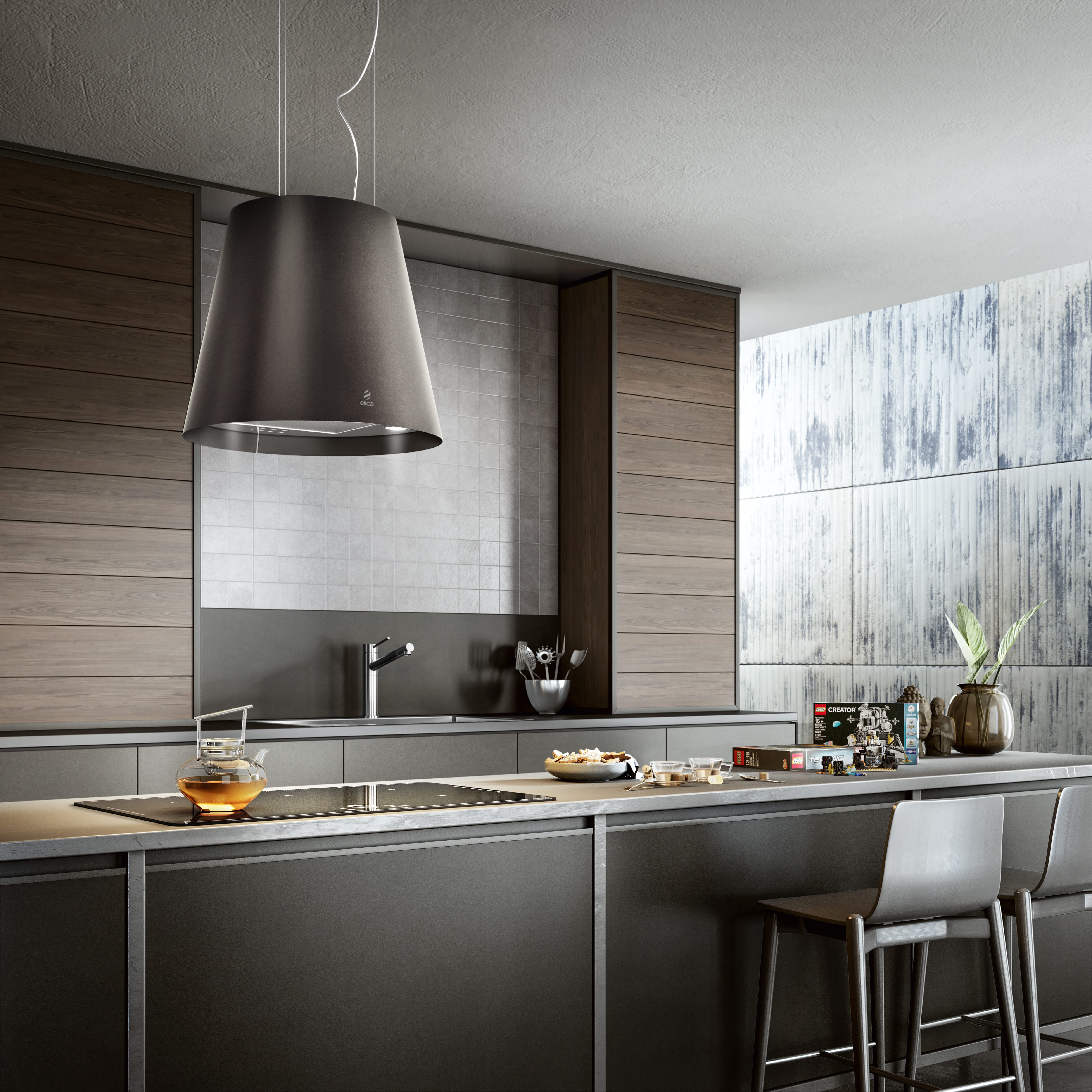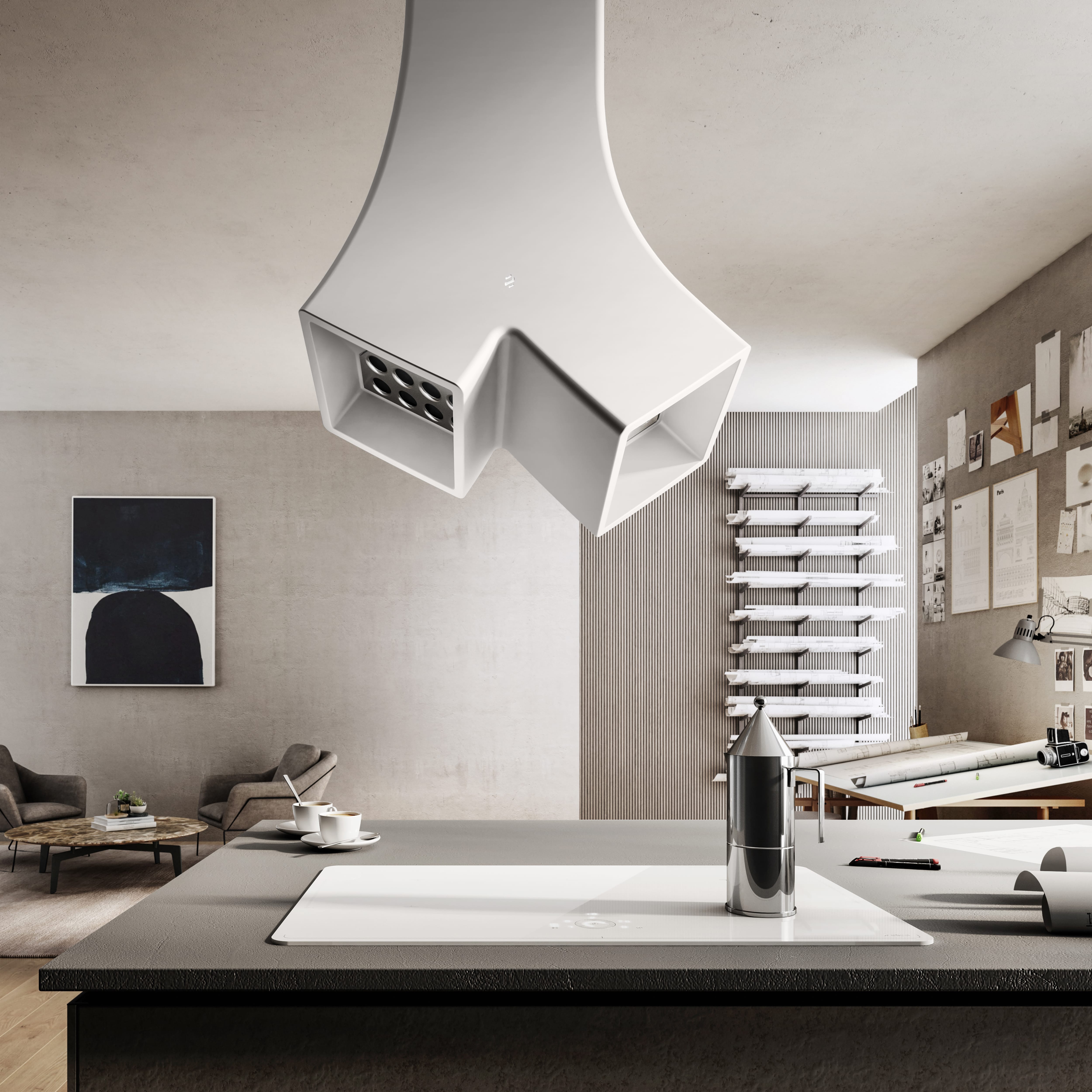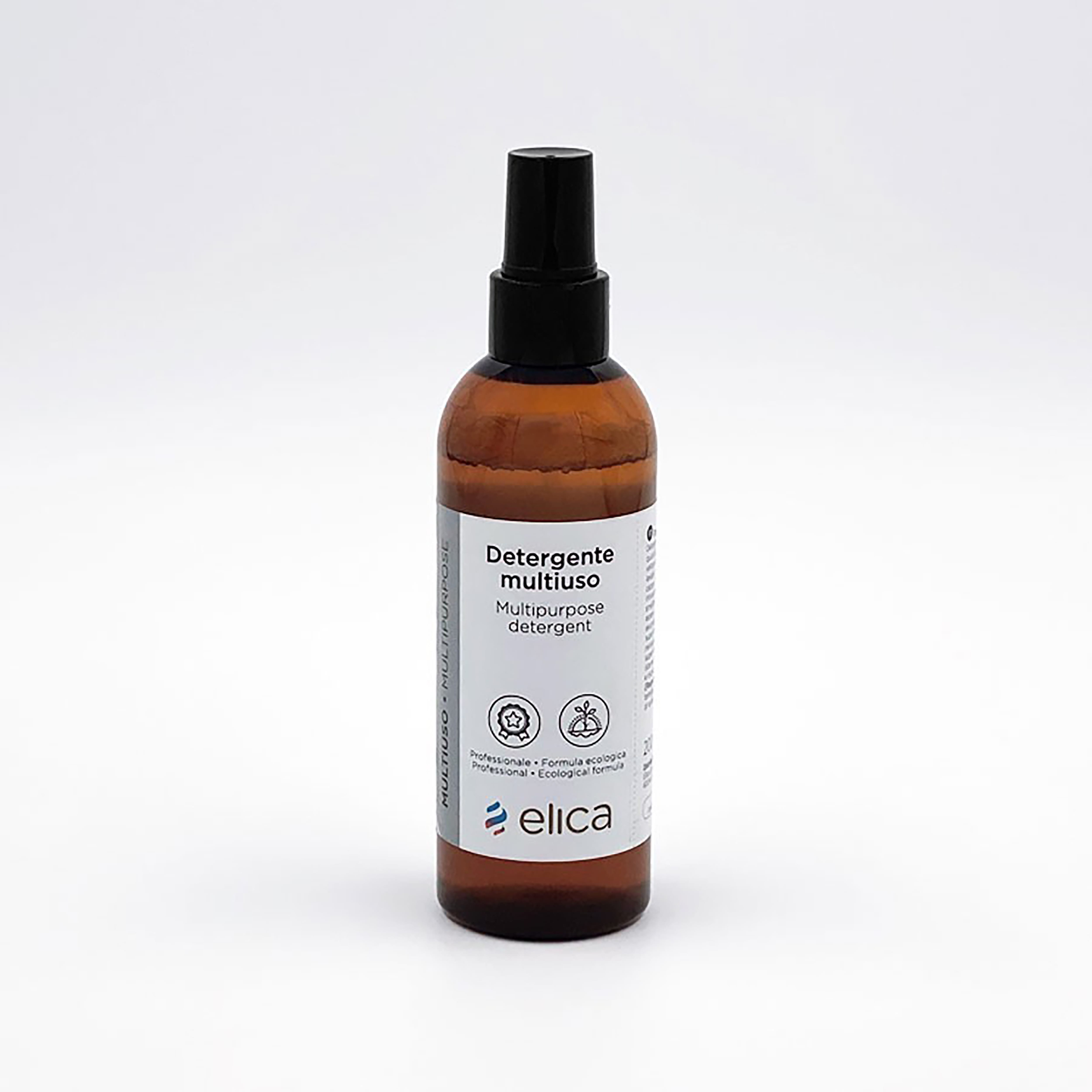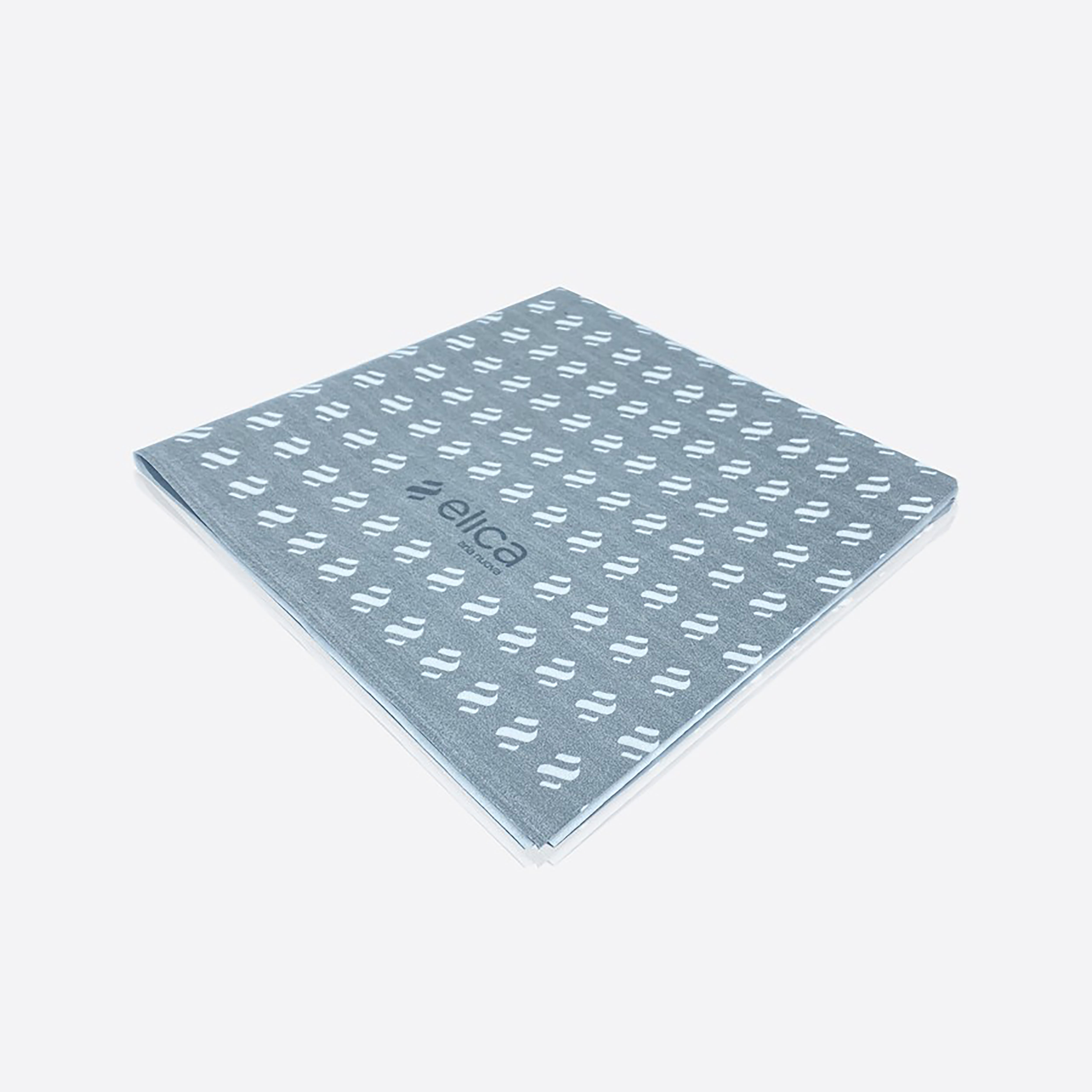
How to clean your kitchen hood: tips and products
Regular maintenance of kitchen appliances and accessory tools is essential to keep them working well over time.
Factors that may help in proper operation differ depending on the appliance in question. The kitchen hood is a potentially long-lasting, structurally solid element; however it does require adequate periodic cleaning.
Hood cleaning operations should be carried out carefully and by following specific guideline-rules, in order not to damage the hood and make it work properly. Let’s see what the best kitchen hood cleaning methods are and which products help maintain its characteristics.
Hood cleaning: why is it important?
The hood is the main appliance in treating air and eliminating odors, which is switched on when the hob is used for steaming, boiling, frying or pan frying. There are two types of hoods:
-
Duct out hoods, where the extractor fan extracts the air from above the hob and expels it through a duct, towards the outside environment.
-
Filtering hoods, where in addition to the extractor fan, there is a filtering system for organic molecules responsible for unpleasant cooking odors.
Regular cleaning is essential to keep extraction systems working efficiently: grease, dust or limescale build-ups in the kitchen hood ducts, drastically reduce the system filtering and extraction capacity.
However, there is no need to worry: with just a few precautions and proper cleaning your hood will operate at its best.
Hood cleaning: methods and products
To adequately clean your kitchen hood, you will need to follow some tips on surface cleaning methods and the use of suitable products.
Surface cleaning methods
Safety first. Kitchen hoods are equipped with moderate electrical power input, with currents and voltages that can be dangerous for humans: before starting cleaning operations, it is advisable to disconnect the power supply from the electric panel to prevent the risk of electrocution.
Once everything is safe, you can proceed to carry out true cleaning operations. The treatment of hood surfaces, usually in stainless steel or glass, may be a delicate cleaning step. Surfaces can generally be cleaned with non-abrasive cloths and non-corrosive neutral detergents, that do not compromise the surface structure and preserve its functional characteristics. In certain Elica models, such as Ye, some special materials are used, like Cristalplant: a material that is easily washable with neutral soap and water, therefore corrosive or non-neutral detergents must not be used. Alcohol or alcohol-based substances shall never be used with both stainless steel and Cristalplant surfaces.
Cristalplant is an extremely homogenous material, which can be easily restored: with specific detergents and sponges, the surface of the Cristalplant can be restored to new after burns or surface scratches.
Elica cleaning products for hoods
Well aware of the importance of kitchen hood cleaning, Our Elica catalog offers a line of products specifically developed to clean kitchen extractor system surfaces.
Our antibacterial microfiber cloth is perfect for any surface: made of the best microfibers currently available on the market, it guarantees deep cleaning and safety thanks to the size of the microfibers used, which are 250 times thinner than a strand of hair, able to penetrate deep into the pores of materials and remove any dirt and bacteria. Stainless steel and glass can be safely cleaned thanks to our ultra-microfiber cloth, without any risk of damaging delicate surfaces.
Elica cream detergent is perfect for cleaning hard surfaces, such as stainless steel or glass, where degreasing is necessary. Just pour a few drops of detergent onto a damp cloth to degrease surfaces, and rid them of hard to remove grease or oils.
Elica multipurpose spray detergent is a Passepartout for kitchen surfaces: it can be used on the entire kitchen, straight or diluted in water: from hob to sink, from countertop to hood surfaces, for a safe and brilliant clean.
With the right products, hood cleaning is fast and easy, without any worry about damaging surfaces or hood parts.



